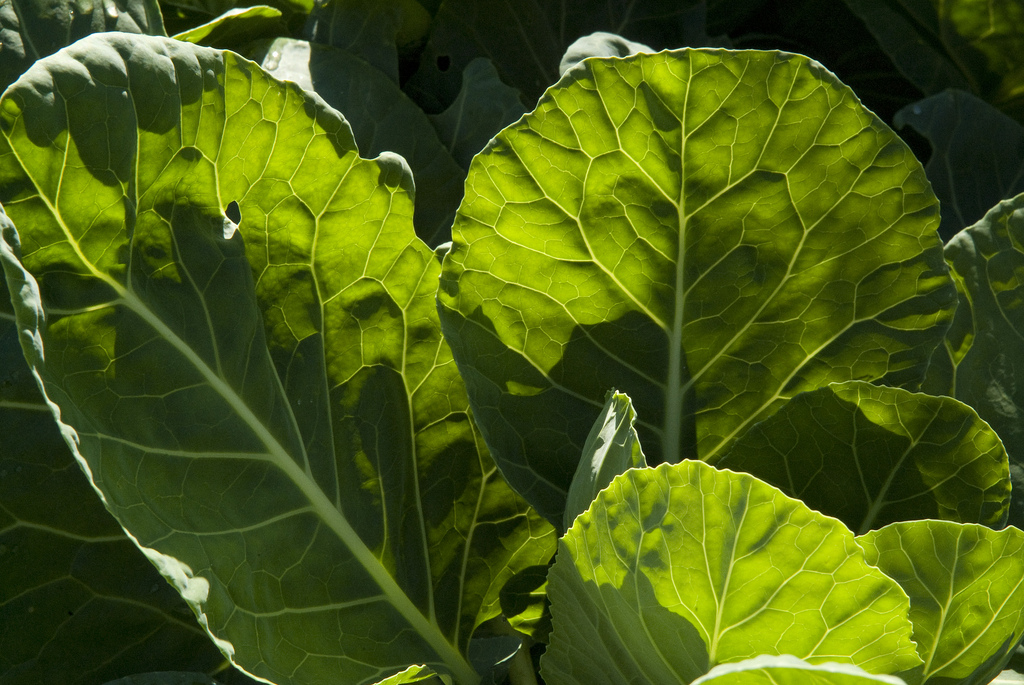Story By: Allison Aubrey
Just as we have internal clocks that help regulate the systems in our bodies, fruit and vegetable plants have circadian rhythms, too.
And a new study published in Current Biology finds there may be a way to boost some of the beneficial compounds in plants by simulating the light-dark cycle after crops are harvested.
So, how does it work?
Well, take cruciferous vegetables such as cabbage, which contains cancer-fighting compounds called glucosinolates. Studies have shown that glucosinolates secrete enzymes that can remove carcinogens.
“The protective effect of these vegetables is that they rev up the capacity of cells to dispose of toxic compounds,” says Paul Talalay, a pharmacologist at Johns Hopkins University.
In other words, they help our bodies get rid of harmful substances.
Now, as vegetables go from the field to the store to our plate, the levels of these compounds start to fizzle out.
If you listen to my story on All Things Considered, you’ll hear how researcher Janet Braam of Rice University and her colleagues conducted lab studies to test the possibilities of coaxing more life — and more of these beneficial compounds — out of the fruits and vegetables we buy.
They put cabbages under light for 12 hours a day, followed by 12 hours of darkness, to try to re-create the light-dark cycle in the field.
Prior research has already shown that plants use circadian rhythms to help them judge when to turn on their chemical defenses. Some plants release these beneficial chemicals to fend off bugs in the field or cope with the stresses of heat or drought.
“And sure enough we found that when we put the plants under light-dark cycles, we found periods of accumulation of those [beneficial] chemicals,” explains Braam.
The peak of the compounds came in the afternoon, in the hours before dusk.
They were “significantly higher in the day,” Braam says — about twice as high. It was as if the plants were still alive, even though they’re no longer attached to their roots or the earth. “This very much surprised us,” Braam says.
Her team found similar responses with a range of crops including lettuce, spinach, sweet potatoes and blueberries.
Outside experts seem impressed by the study. “I’m excited to see this research going on,” plant researcher Bhimu Patil told me by phone. And he explains there’s a lot of interest in the industry in figuring out ways to retain the beneficial compounds in produce after harvest.
Braam is quick to point out that more research is needed to see whether the findings carry over into real-life situations, like our kitchens or in grocery stores. “It just opens the door to many possibilities,” says Braam.
For instance, it might make sense for supermarkets — or consumers at home — to think abut storing our produce under light-dark cycles.
Or maybe it’s time for a vegetable happy hour: eating our produce in the hours before dusk when some of the most beneficial compounds are at their peak.
For more information on this topic, click here.


